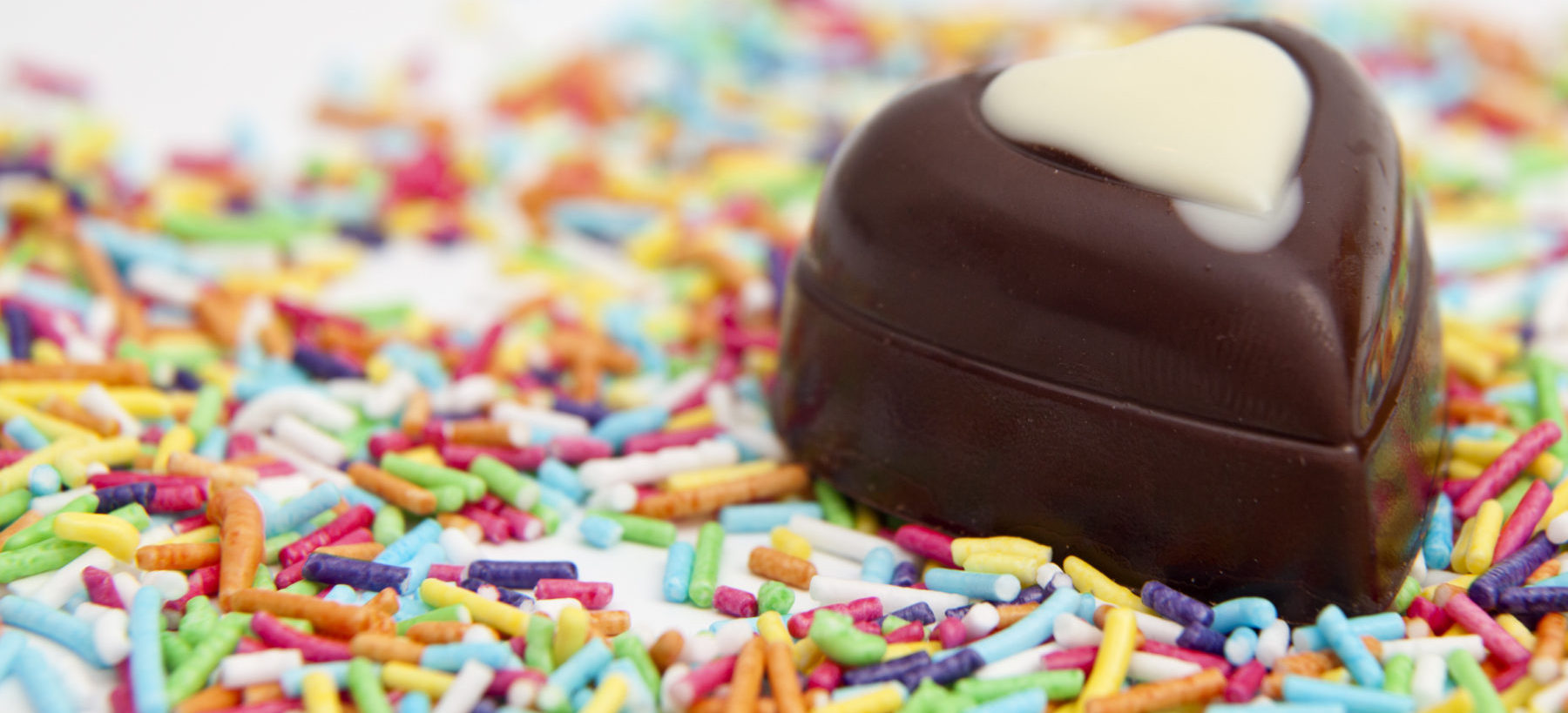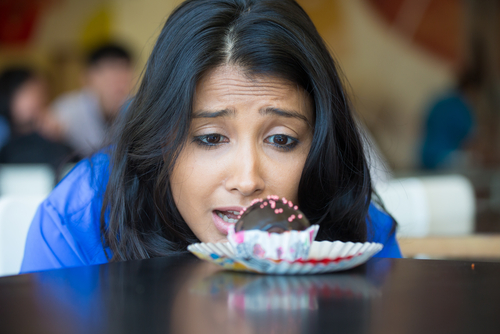
Is Sugar Your Drug of Choice?
Yes, this is a ‘thing’.
Sugar has been compared to the likes of cocaine and heroin for it’s addictive properties. Just like drugs, sugar tolerance can develop which means the more we eat, the more we crave and the more it takes to get the ‘high’. The scary truth is that sugar lights up the same reward centers in the brain as drugs do, creating a feel good sensation that keeps us craving more.
Sugar has a profound effect on blood sugar. It creates a cycle of highs and lows complete with a sugar crash that causes you to seek out more sugar to level out. It looks something like this: you eat a sugary treat, your blood glucose rises rapidly triggering insulin to be secreted, which in turn initiates rapid glucose uptake by tissues. In comes the sugar crash. The more sugar we take in, the more unbalanced our blood glucose becomes, and the more sugar our body craves in order to fix the perceived imbalance.
Ask yourself a few questions to see if you have an ‘issue’ with sugar:
- Are you able to have “just one”, or do you open that box of cookies and polish off half the box without even realizing it?
- Have you eaten sweets to a point where you felt physically ill and wound up with a sugar hangover?
- Have you repeatedly said that you were ‘cutting out sugar’, but keep putting it off?
- Do you find you become cranky if you don’t get your sugar fix?
- Have you ever lied about how much sugar you eat?
- Have you ever gone out of your way to go get a treat?
- Have you ever gotten angry at someone for eating a treat you were saving for later?
Sugar is linked to type 2 diabetes, heart disease, depression, anxiety, mood disorders, ADHD, migraines, inflammation, premature aging (it causes the breakdown of collagen and elastin) and osteoporosis. Sugar also leaches valuable nutrients from your body and creates a very acidic PH.
Do you need any more reasons to break the sugar habit?
Your sugar detox plan to break the habit:
I am not going to lie, you may feel like you have been run over by a truck for the first few days to a couple of weeks depending on how much sugar you were consuming daily. Some people experience significant withdrawal symptoms such as headaches, body aches, moodiness, trouble sleeping, breakouts, and intense cravings. Trust me when I say, once you get past the first few days, you will feel better than you ever thought possible! Your eyes will see clearer, the chronic aches and pains will be gone, you will sleep like a baby, your mood will be stable throughout the day, and your cravings will be GONE.
Step 1: The hiding places.
Get label savvy. Sugar is everywhere and aside from the obvious offenders, you need to identify every product you use that has sugar added. The grams add up fast, and before you know it, you have consumed a candy bar worth of sugar with just a few condiments.
There is a vast AKA list for sugar so get familiar with all the names. Here are a few of the main ones:
Agave nectar or syrup
Barley malt
Beet sugar
Brown rice syrup
Brown sugar
Cane sugar
Cane juice
Cane juice crystals
Carob syrup
Confectioner’s sugar
Corn syrup
High fructose corn syrup (HFCS)
Corn sugar
Corn sweetener
Corn syrup
Date sugar
Dextrose
Evaporated cane juice
Fructose
Fruit juice
Fruit juice concentrate
Glucose
Glucose solids
Golden sugar
Golden sugar
Golden syrup
Grape sugar Grape juice concentrate
Honey
Invert sugar
Lactose
Malt
Maltodextrain
Maltose
Maple syrup
Molasses
Sucanat
Sucrose
Once you have figured out where it’s hiding, you can start avoiding at all costs.
The other part of this puzzle is simple carbohydrates. To be successful at this plan, you also must eliminate any “white” carbs from your diet because they have a similar effect on the body as refined sugar which will lead to sugar cravings. This means avoiding white rice, white breads, and white pastas. Whole grains contain fiber and have a slight effect on blood sugar, but nowhere near it’s white counterpart.
Step 2: Replace the bad with the good.
Stock up on healthy foods void of added, refined sugar and replace simple carbs with complex, whole grain carbs.
Staples are fruits, vegetables, brown rice, quinoa, healthy proteins, steel cut oats, and lots of spices for flavor! Learn to sweeten naturally with fresh fruit and berries. Avoid processed foods of all kinds, as it will be near impossible to find any without added sugar.
When you are so accustomed to the taste of sugar, you may feel a bit deprived for flavor and that is where spices come in. Adding flavor to your foods that are going to light up your taste buds and make you forget all about sugar. Spicy dishes have been shown to deter cravings for sugar, so it you can handle it, turn up the dial with some cayenne pepper or jalapeños!
Step 3: Keep it going!
The key in the first few weeks is sticking with the no-sugar plan 100%. Even a small amount of sugar during this time can lead to huge setbacks by triggering the cycle.
Until you know how good you can feel, you won’t realize how bad you felt. It is scary what you can get used to – the status quo becomes tired, achy and cranky. It becomes the norm until you know better by isolating the cause and making a change. The results are profound, and you owe it to yourself to stick with it.
After about 4 weeks of sugar free status, you can make room for a wee bit of sweetness. A bit of dark chocolate is a nice treat. By this point, you will be able to regulate intake and feel your body’s response. Your threshold is lowered by this point, and it takes much less to satisfy your sweet tooth than it once did. Many people find that they immediately don’t like how they feel after even a small amount of refined sugar. Your glucose levels have been stable for 4 weeks, and a sudden spike can leave you feeling almost flu-ish. To reduce the blood sugar spike, if you do eat a bit of sugar now and again or simple carbs, be sure to combine it with fiber, cinnamon or vinegar.
Begin experimenting with your favorite recipes to make them healthier. Often the outrageous amounts of sugar can be significantly reduced by adding in fresh vanilla bean, cinnamon, dates and/or apple sauce. Regular sugar can be swapped with coconut sugar, which is not only healthier than refined white sugar, but it does not cause as drastic of a spike in blood glucose. As a general rule, I have found that many recipes taste as good, if not better with 1/4 the amount of sugar the recipe calls for.



